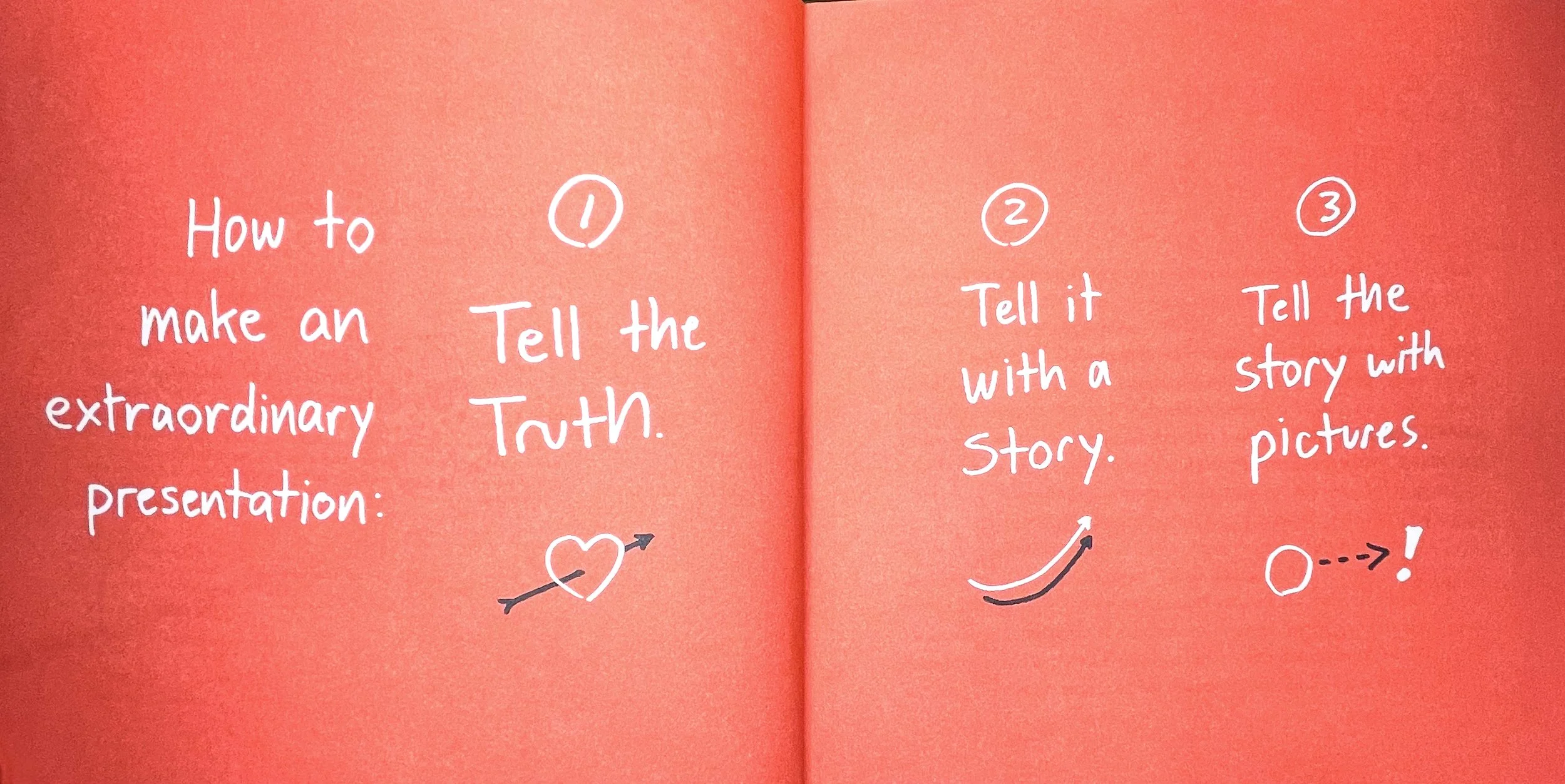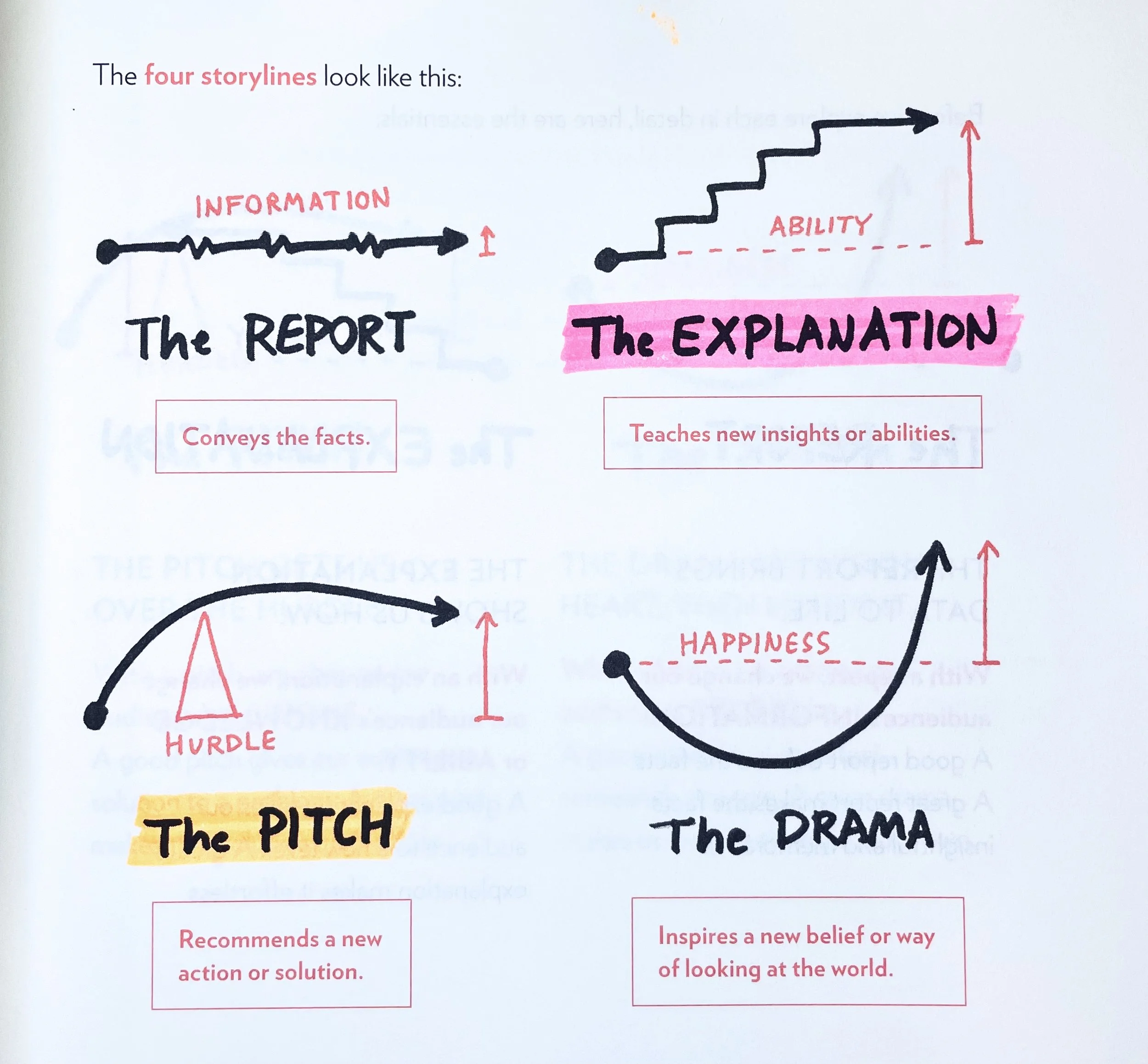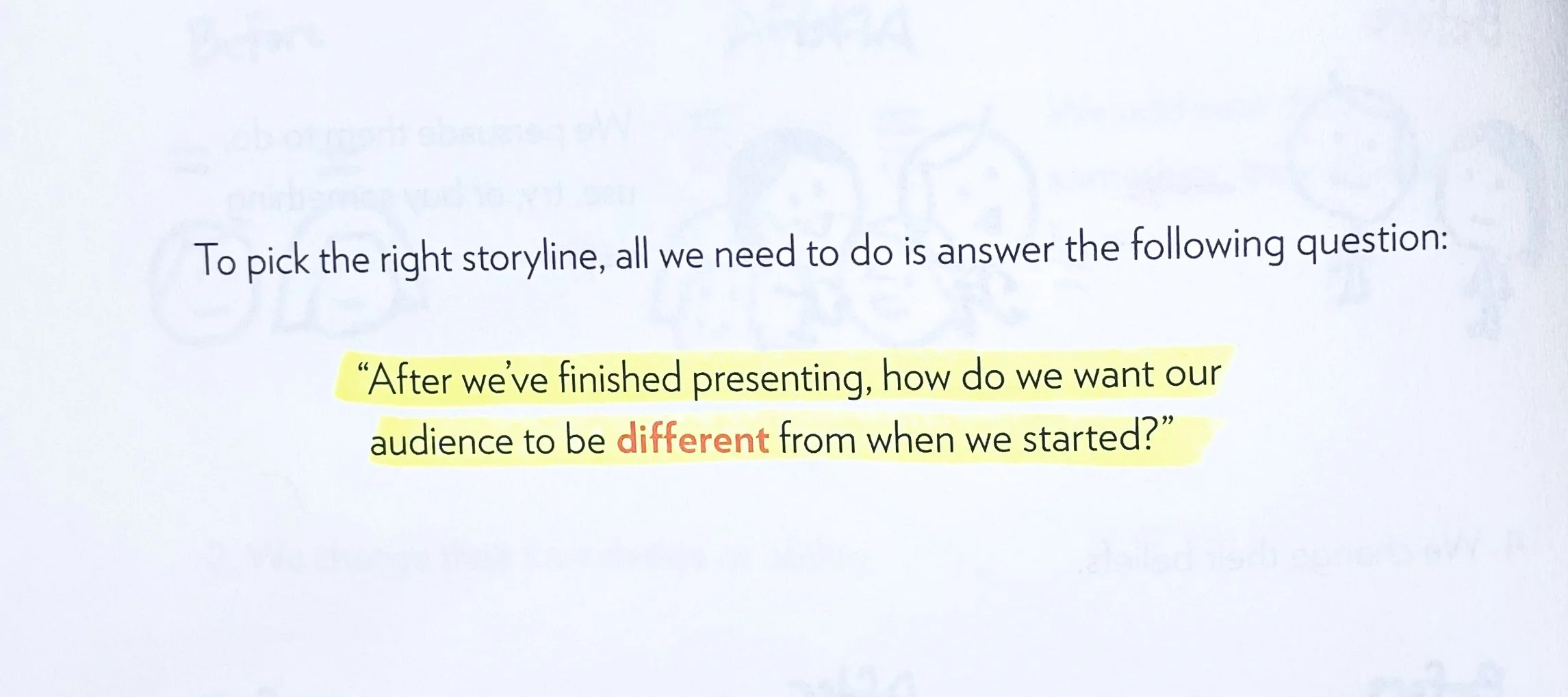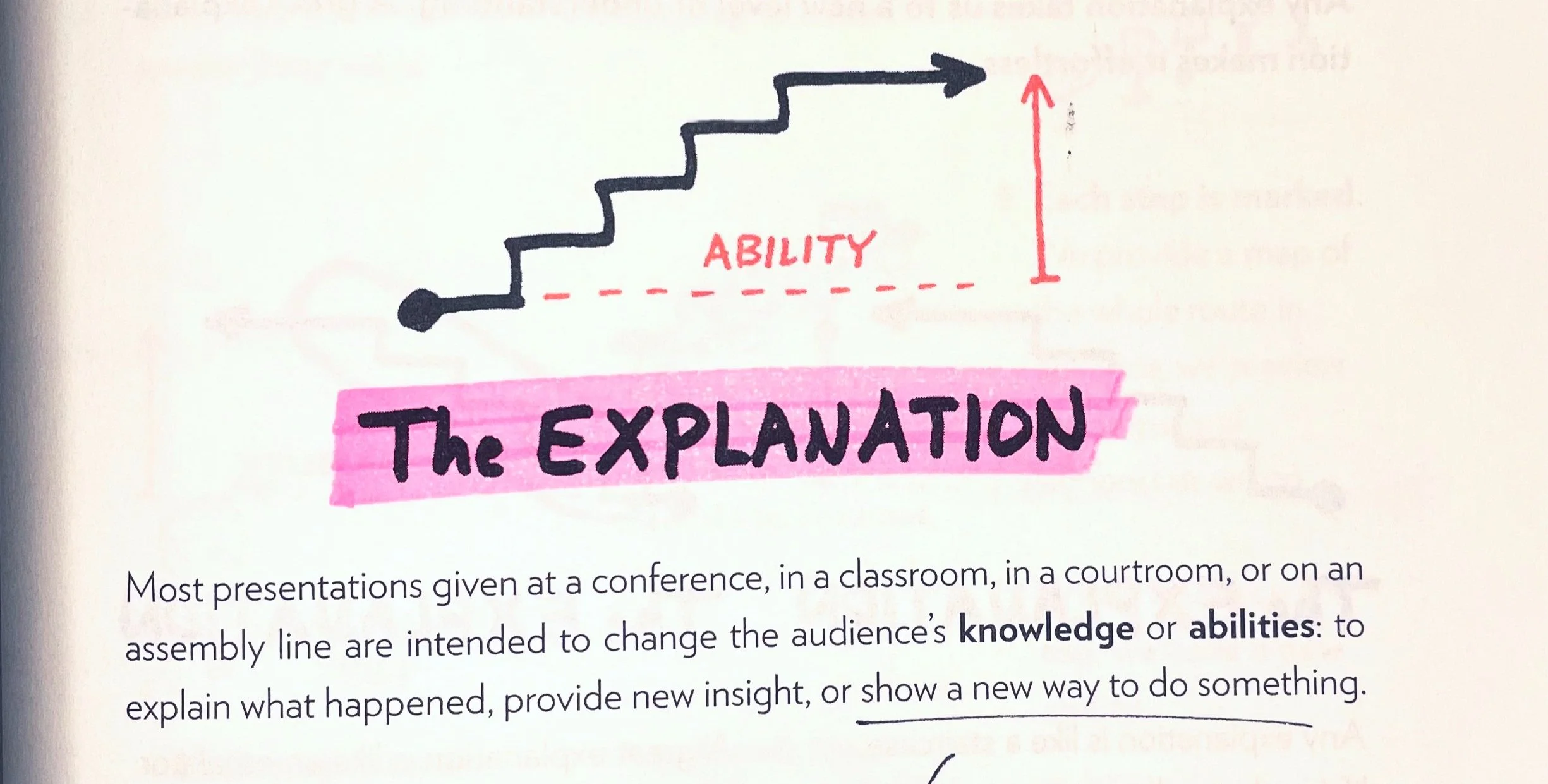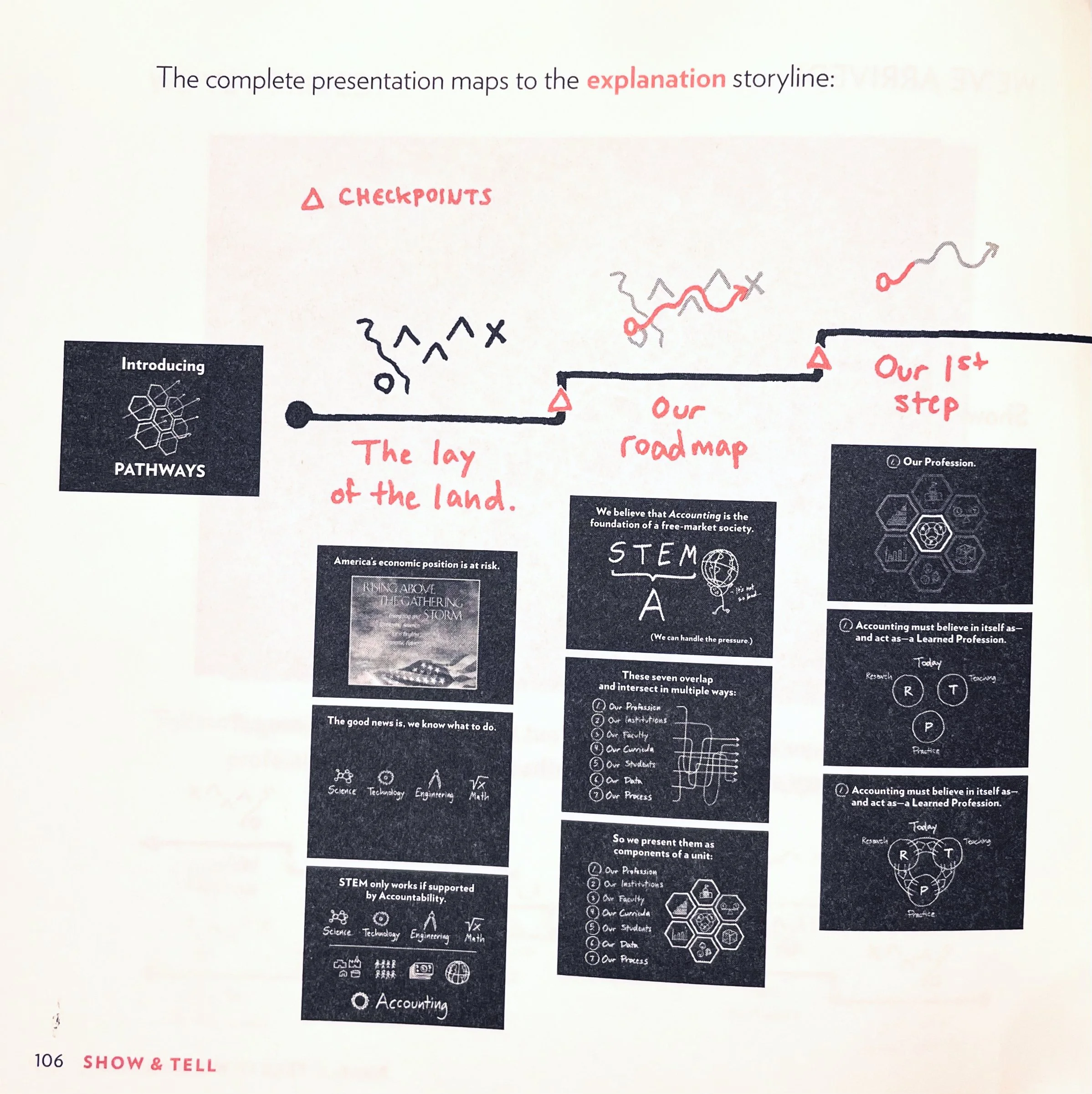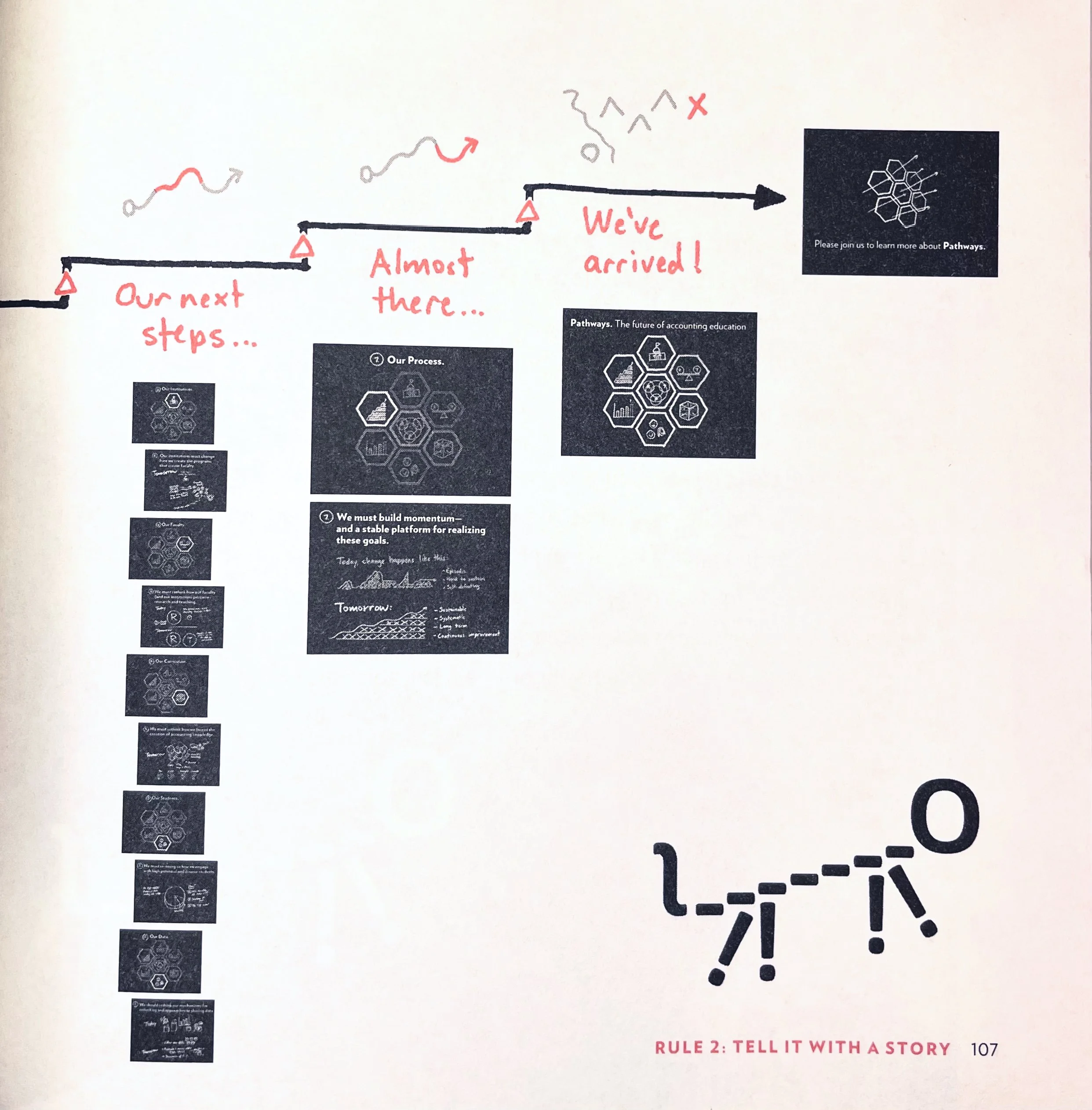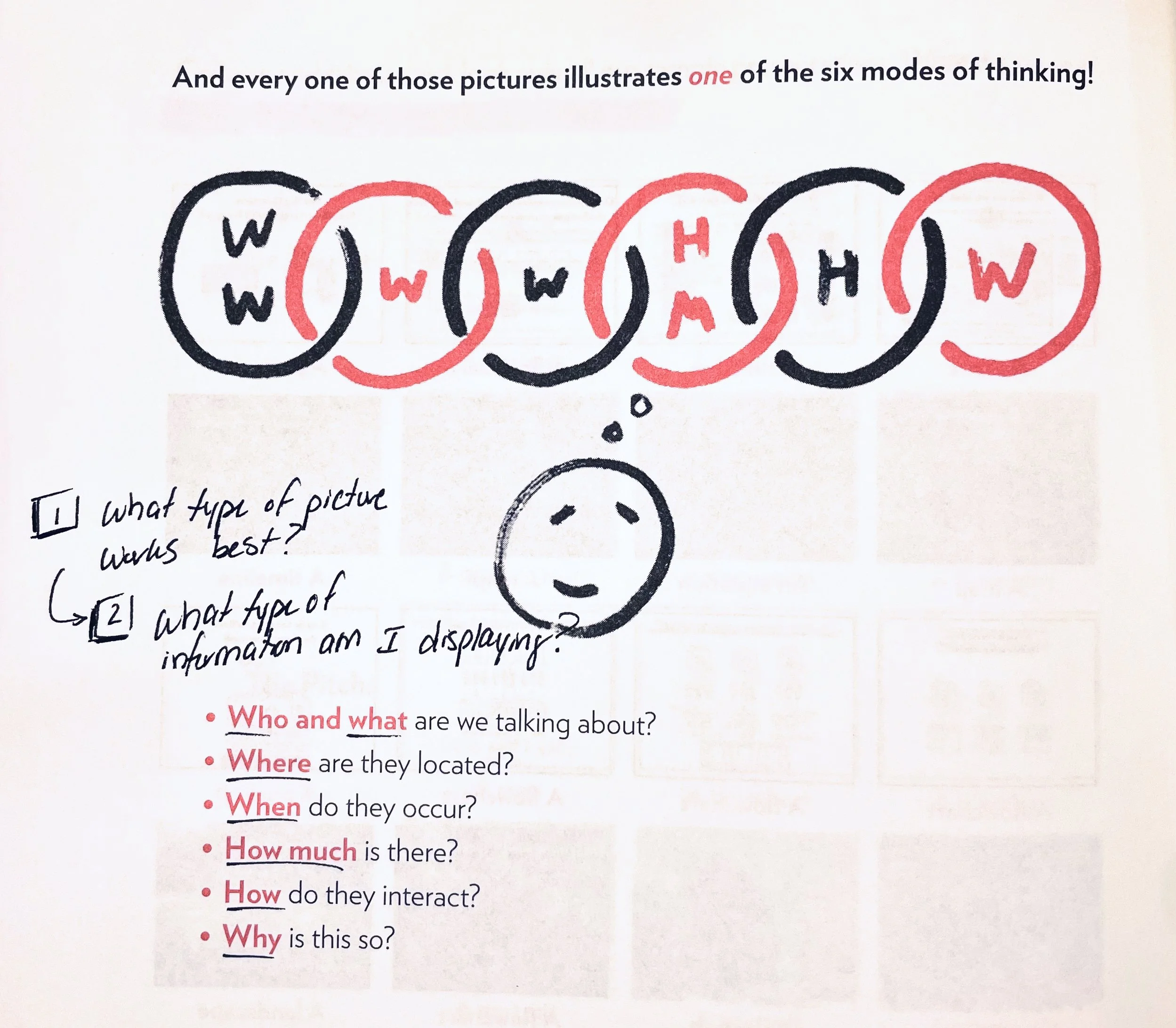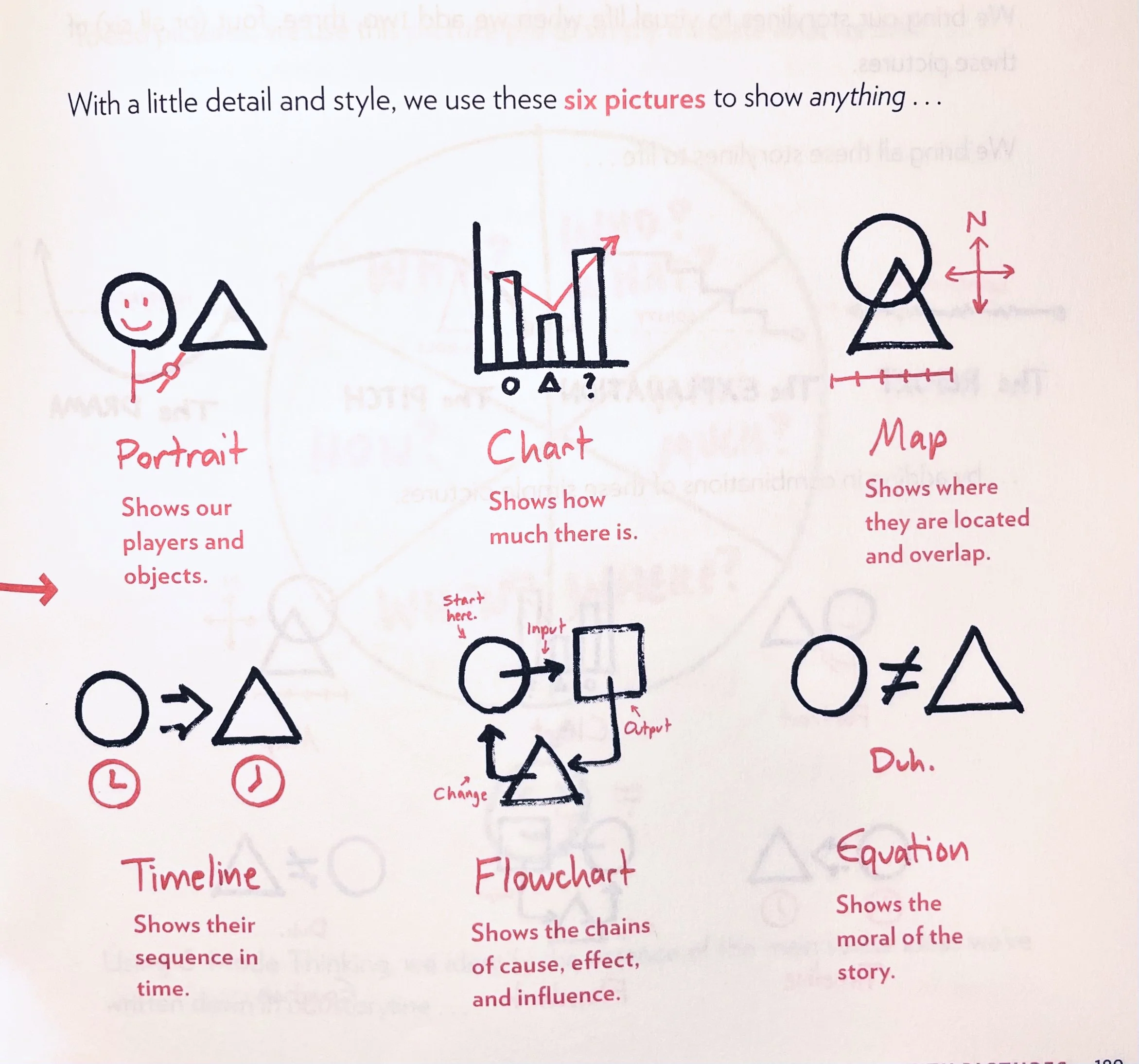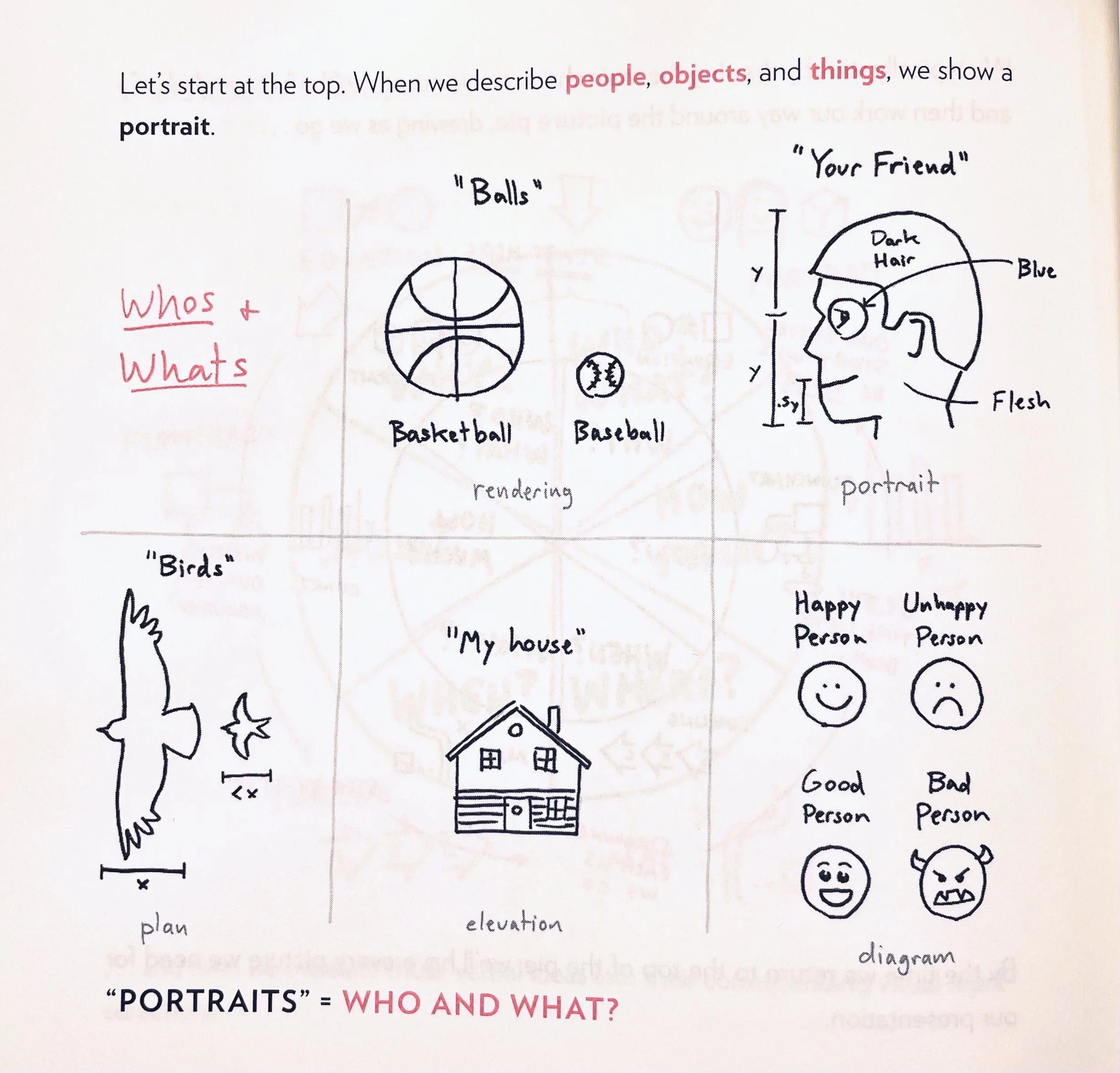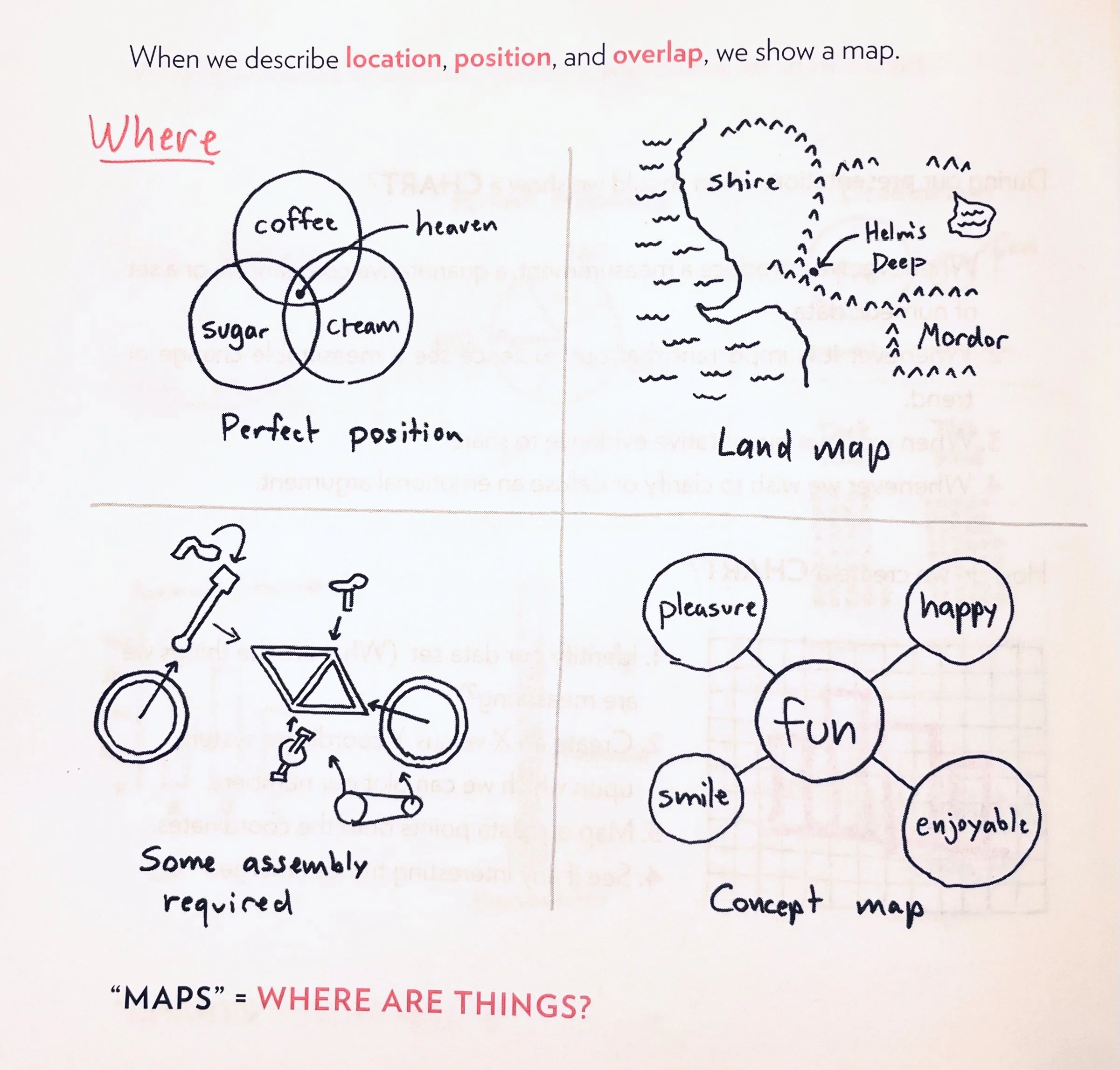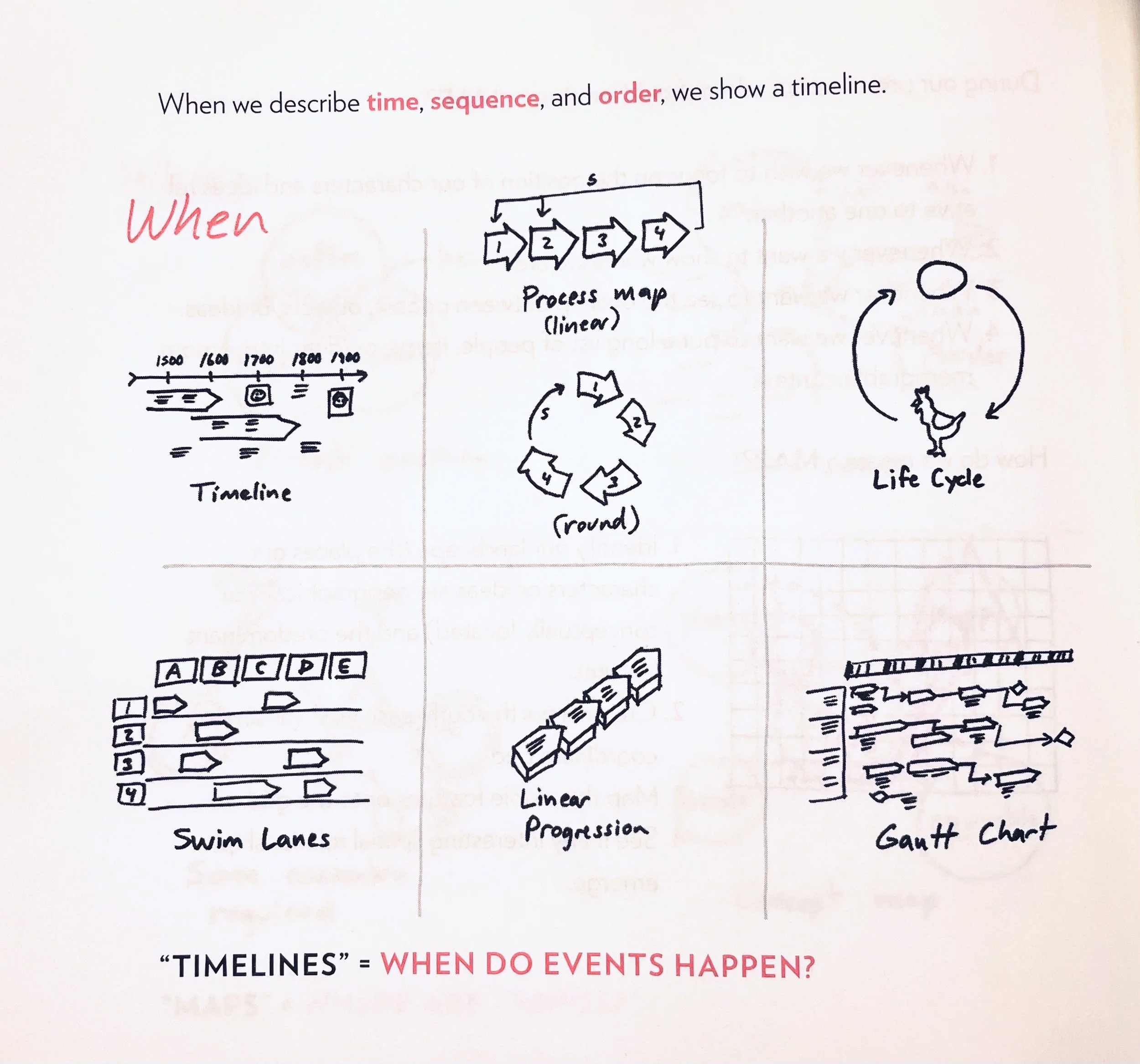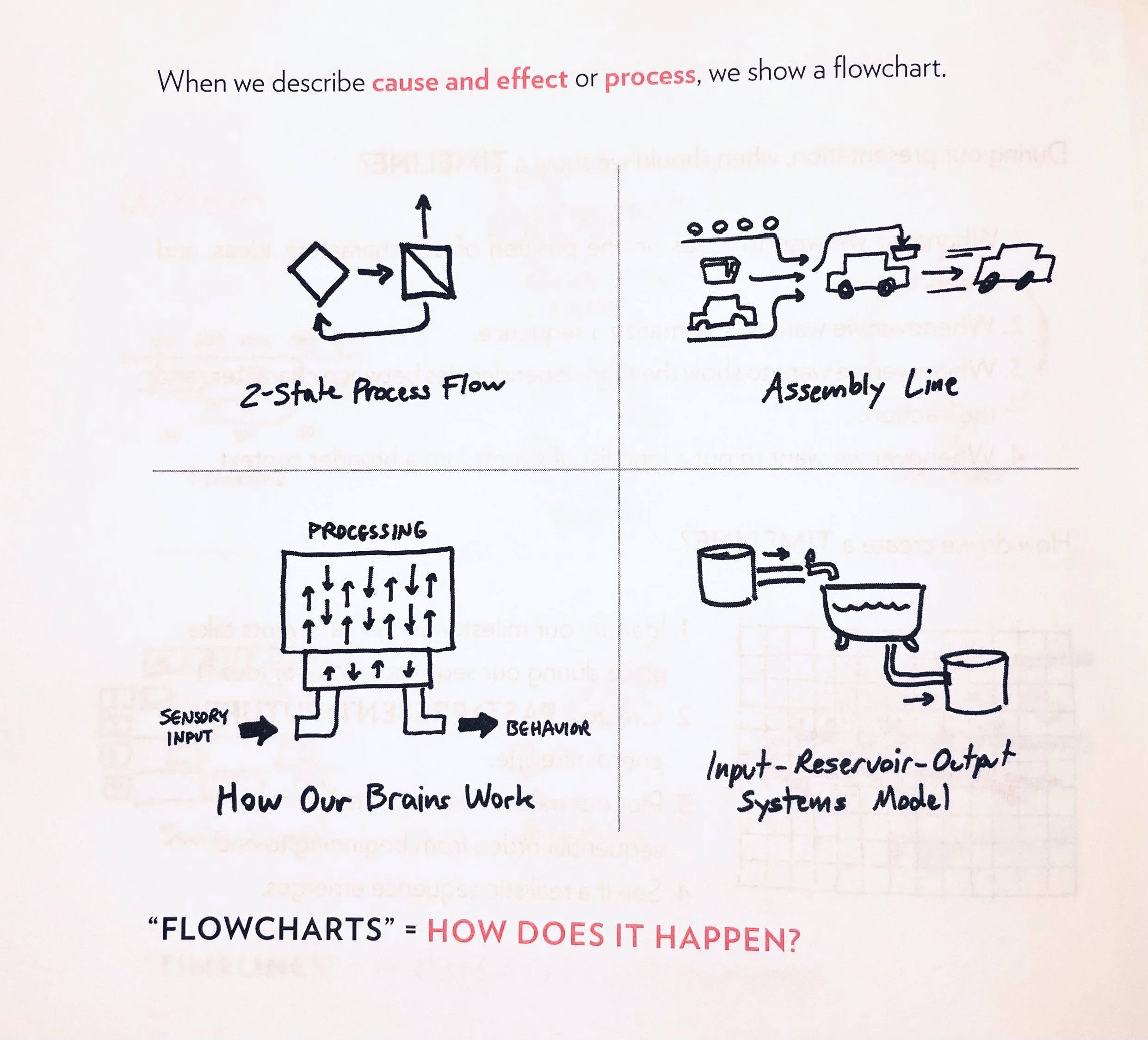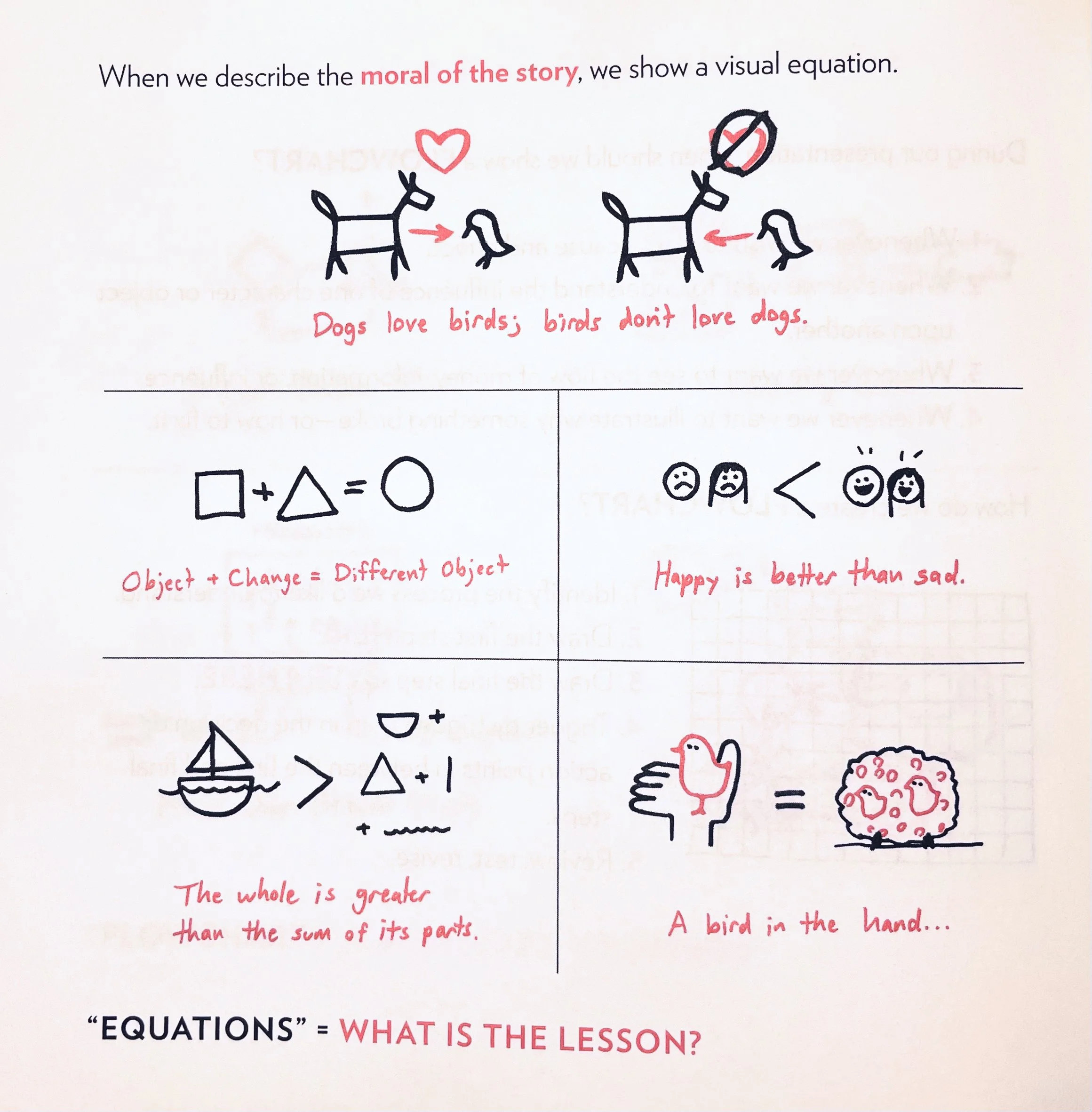Show & Tell
Author(s): Dan Roam
How much I would recommend this book to other medical students/residents: 7/10
Buy it on Amazon: Link
Who is this book for? Anybody giving presentations (medical students, residents, and attending physicians).
The three primary steps to creating a great presentation:
(1) Tell the truth (by this meaning don’t exaggerate details or a exaggerate a storyline)
(2) Tell it with a story (how can the audience relate?)
(3) Tell the story with pictures.
The basics: Why do we give presentations in the first place?
Generally speaking, we give presentations to change our audience in some way. Common categories include presentations to:
Entertain our audience
Educate our audience
Persuade our audience
Motivate our audience
Reflecting on presentations that we give and receive during our medical training, I think a lot of these themes hold true.
Reflecting on M&M Presentations and Case Conferences: We tell a story based on our experiences, with the purpose of educating others and ultimately changing our audience to prepare them to handle similar future cases.
How can we structure our slides?
The structure of almost all presentations fall into one of the above four categories. For the most part, presentations in medicine will likely fall under the “Explanation” or the “Pitch” category.
Usually, we want our audience to learn from our patient experience, so that they can use what they learned for future patient cases.
The “Explanation”
Other presentations that fall under the “Explanation” category include:
Training courses
Presenting a research paper
Introducing a systems process
Self-help seminars
There are no boring topics. Only boring teaching.
The above applied to Emergency Medicine:
There are no boring topics in Emergency Medicine. Only boring teaching.
“Getting it” (when the lightbulb lights up) is the ultimate rush for our audience.
Having frequent checkpoints to ensure our audience is with us helps us explain things in a way that anyone can understand.
A clear Case Conference makes information become useful, applicable knowledge.
The “Explanation” storyline:
What does the ideal slide look like?
The ideal slide is simple, with a clear point, and not too much information that overwhelms the audience. The ideal slide contains:
A headline
A picture
A brief caption
What should we avoid in our slide?
Tips for things to avoid when crafting your slides:
Too much text
Too many diagrams
Too much information / Multiple ideas
What kind of pictures are best to include?
To decide what type of image or diagram to use, first think about what type of information we want to describe. Usually, they fall into one of the following categories:
Who
Who is the patient?
What is their past medical/surgical/social history?
Who is involved in their care?
Where:
Where did this case occur?
Do events occur in the Emergency Department, inpatient floor, or ICU?
What:
What symptoms is the patient having?
Why:
Why did they present to the Emergency Department?
Pictures: When describing people, objects, and things, show a portrait.
Pictures: When describing location, position, and overlap, show a map.
Pictures: When describing quantities, numbers, and values, show a chart.
Pictures: When describing time, sequence, and order, show a timeline.
Pictures: When describing cause and effect or a process, show a flowchart.
Pictures: When describing the moral of the story (or learning point), show a visual equation.
I hope you found this post helpful! Feel free to reference for your future M&M and Case Conference presentations.

